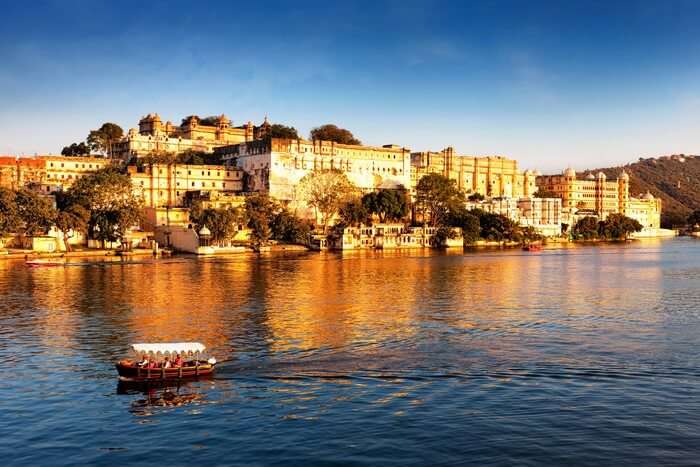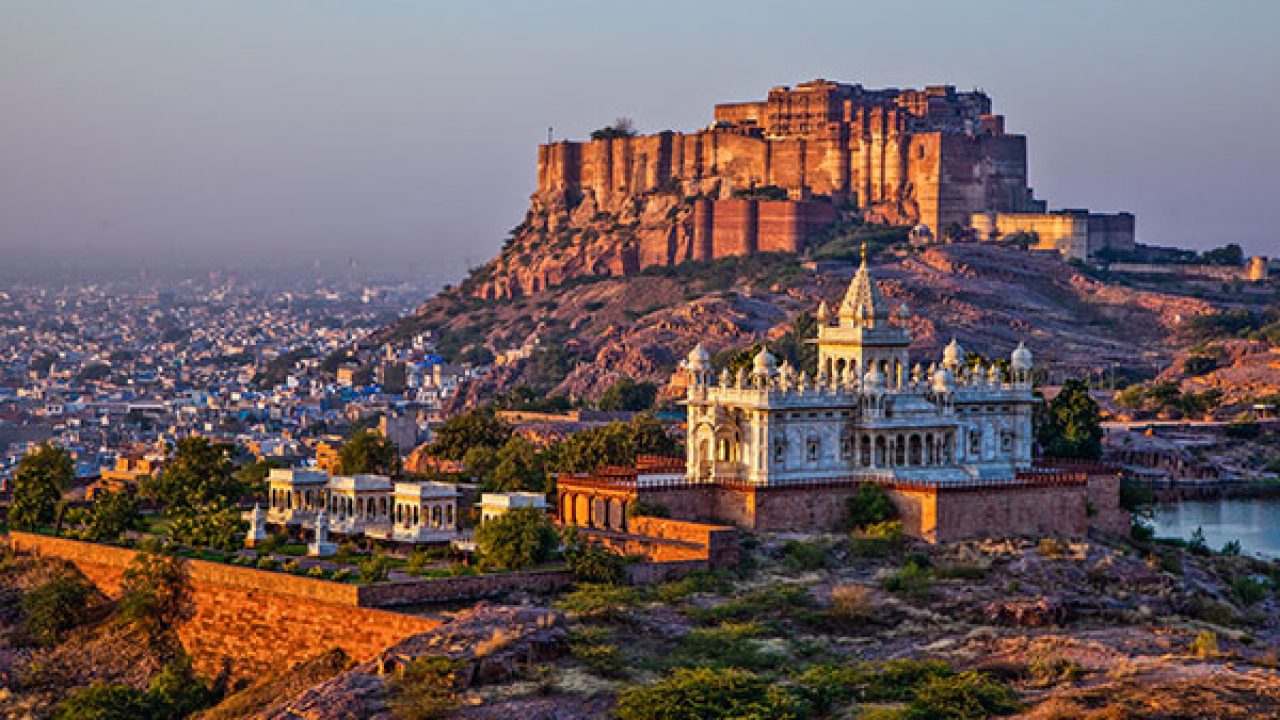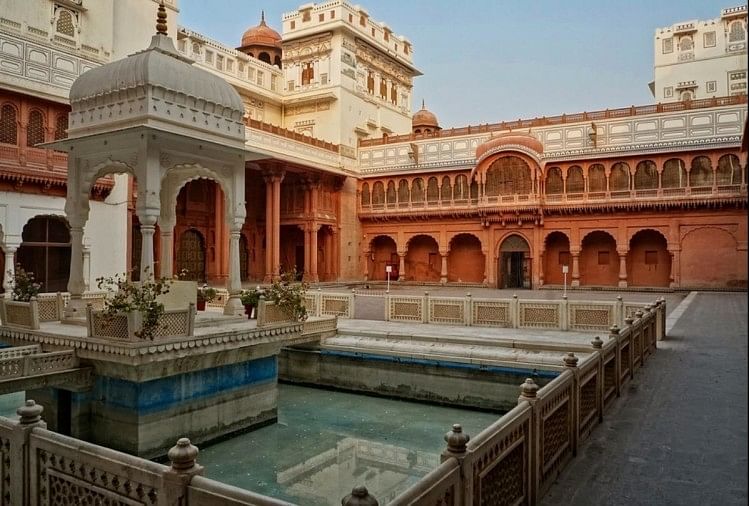Most
famous cities of Rajasthan
Don't miss these classic Rajasthan destination
Don't miss these classic Rajasthan destination

Jaipur the
capital of Rajasthan state in India was founded in 1727 by Maharaj Jai Singh
II, who ruled Jaipur State from 1699–1744. Jaipur is known as the Pink City and is also the capital of Rajasthan.
... Jaipur represents the rich and vibrant lifestyle and tradition of
Rajasthan. It offers the best traditional Rajasthani artwork and textiles from
this city are world famous.
Places to visit : There were many places
to visit like City Palace, Hawa Mahal, Amer Fort, Jantar Mantar,
Nahargarh Fort, Jal Mahal, Jaigarh Fort and Many More. The Chokhi Dhani.

2. UDAIPUR
It
is the historic capital of the kingdom of Mewar in the former Rajputana Agency.
It was founded in 1558 by Maharana Udai Singh II of the Sisodia clan of Rajput.
Udaipur City, most commonly known as the City of
Lakes is well-famed for its rich, varied and dynamic
culture as well as heritage. The city is
well-known for its tourism and therefore, fascinates many tourists
from every nook and corner of the world.
Places
to visit: Lake
Palace, City Palace, Jag Mandir, The Monsoon Palace, Ahar Cenotaphs, Fateh
Sagar Lake, Kumbhalgarh Fort, Saheliyon Ki Bari and many more….
 |
| view of city palace |
3. JODHPUR
Jodhpur is the second-largest city in
the Indian state of Rajasthan. It is also historically referred to as the
Kingdom of Marwar. Jodhpur was princely ruled under the British
colonialism from the year 1818 to the year 1949. Jodhpur city was founded by a Rajput chief known as Rao
Jodha. Jodhpur is famous for its blue
buildings, which were originally painted to signify that they were occupied by
Brahmins, the highest caste in India.
 |
| Mehrangarh fort |
4. JAISALMER
The
city is said to be founded by one Raja Rawal Jaisal, a Bhatti Rajput
ruler, in approximately 1156 A D. Jaisalmer, also known as the
golden city, is at the far end of the Thar Desert in Rajasthan. It's the ethnic
heart of the nomadic desert culture and besides the sand dunes, it is famous for its Jain
temples and the sprawling Jaisalmer Fort that
dominates the city landscape.
Places to visit: Jaisalmer Fort, Bada Bagh, Patwon-Ki-Haveli, Sam Sand Dunes, The
Thar Heritage Museum, Gadisar Lake, Nathmal-ki-Haveli, Jain Temples.
5. BIKANER
Rao Bika established the city of Bikaner in 1488. He
was the first son of Maharaja Rao Jodha of the Rathore clan, the founder of
Jodhpur and conquered the largely arid country in the north of Rajasthan.
Bikaner, a royal city of
Rajasthan, is known for a number of things ranging from forts and palaces to
sweets and snacks. Junagarh fort Bikaner is also known
for its handicrafts and leather articles.
Places to visit: Junagarh fort, Lallgarh Palace, Kote Gate and
Gajner Palace are some of the well known monuments of the city.
Places to visit: Jaisalmer Fort, Bada Bagh, Patwon-Ki-Haveli, Sam Sand Dunes, The
Thar Heritage Museum, Gadisar Lake, Nathmal-ki-Haveli, Jain Temples.
 |
| inside view of junagarh fort |
These five cities are the most famous and on the top of "must see" places in rajasthan.

Comments
Post a Comment